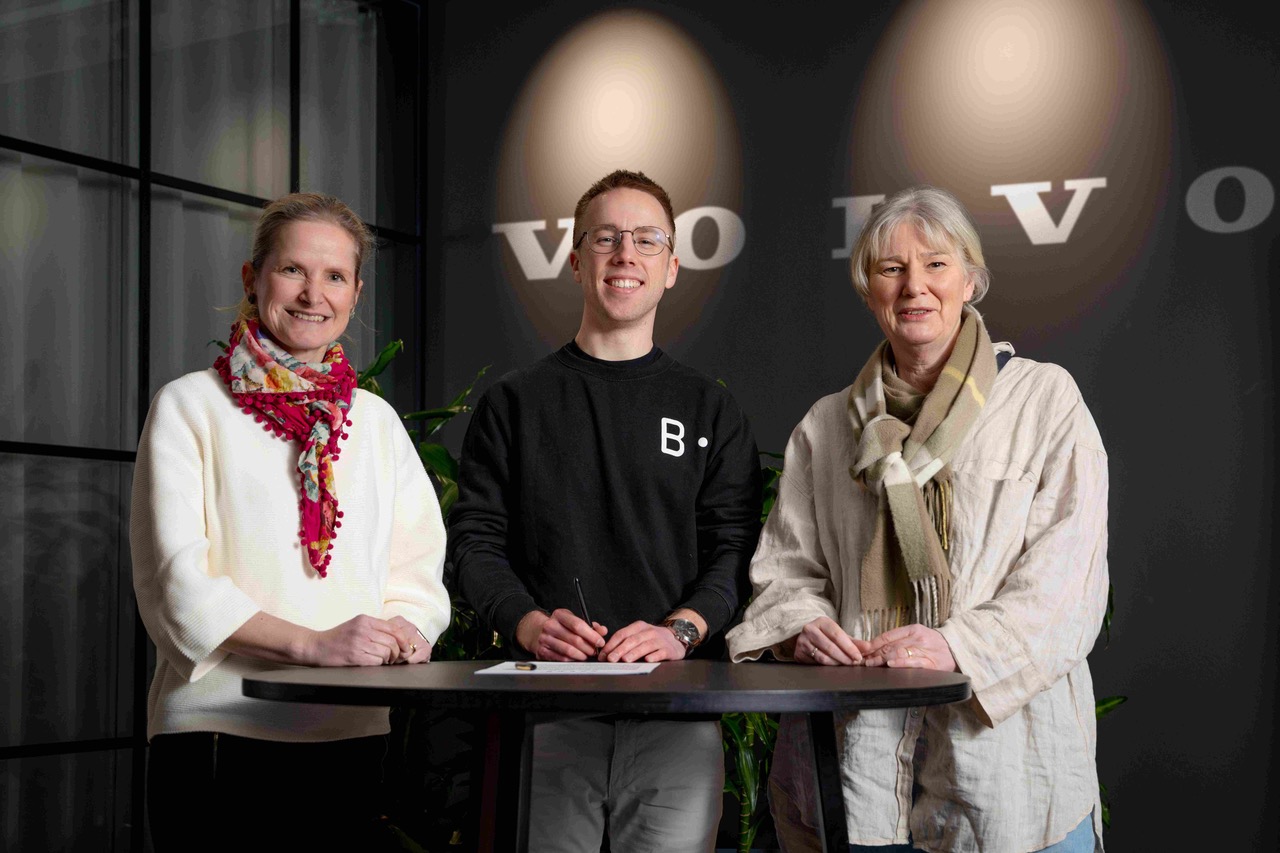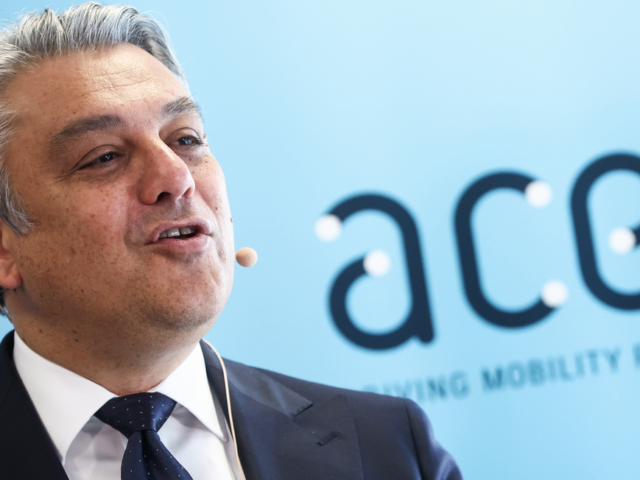
This is how your next electric Volvo will charge 30% faster

CEO of Volvo Cars Tech Fund Ann-Sofie Ekberg (left): “Faster charging times represent a major step in the right direction as we continue to boost electric mobility” /Volvo
Volvo has announced a significant charging improvement for cars built on its next-gen EV platform. Their batteries will charge up to 30% fas


Comments
Ready to join the conversation?
You must be an active subscriber to leave a comment.
Subscribe Today